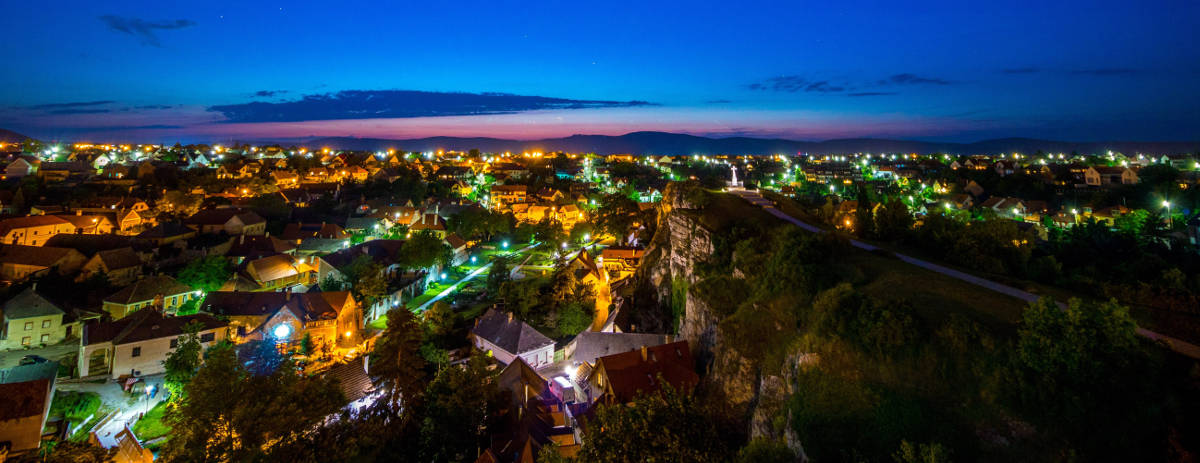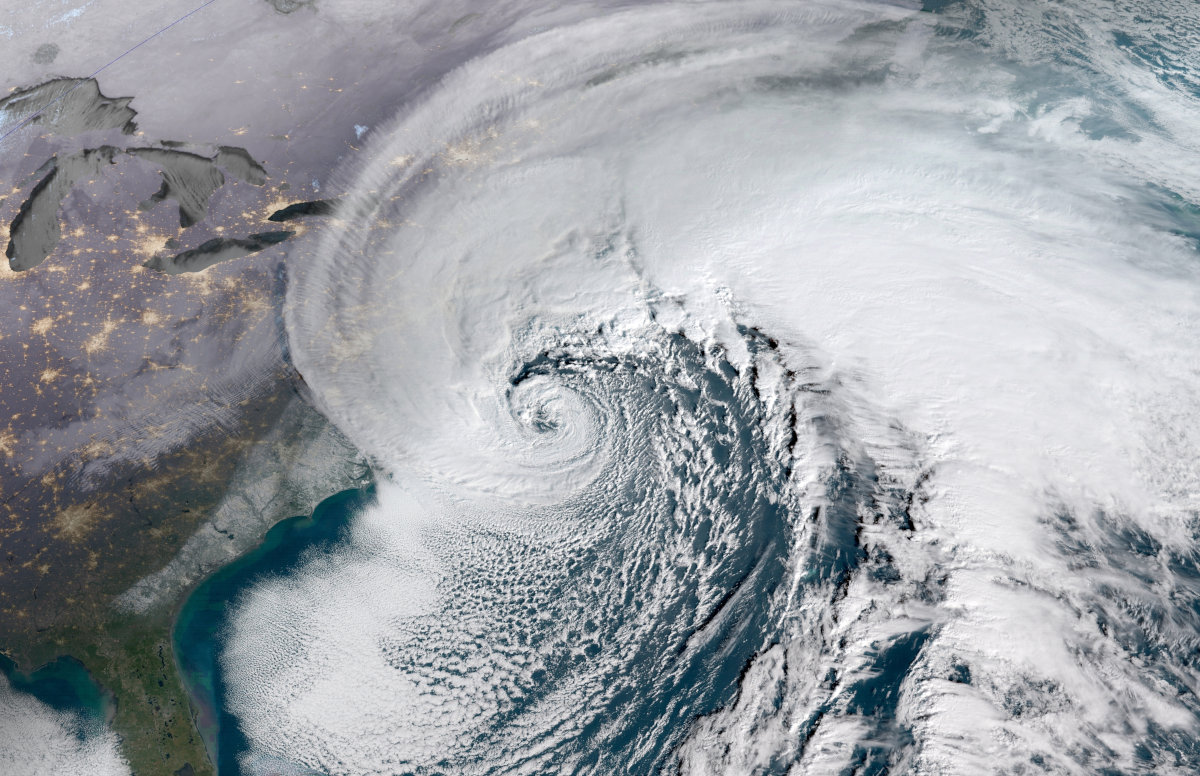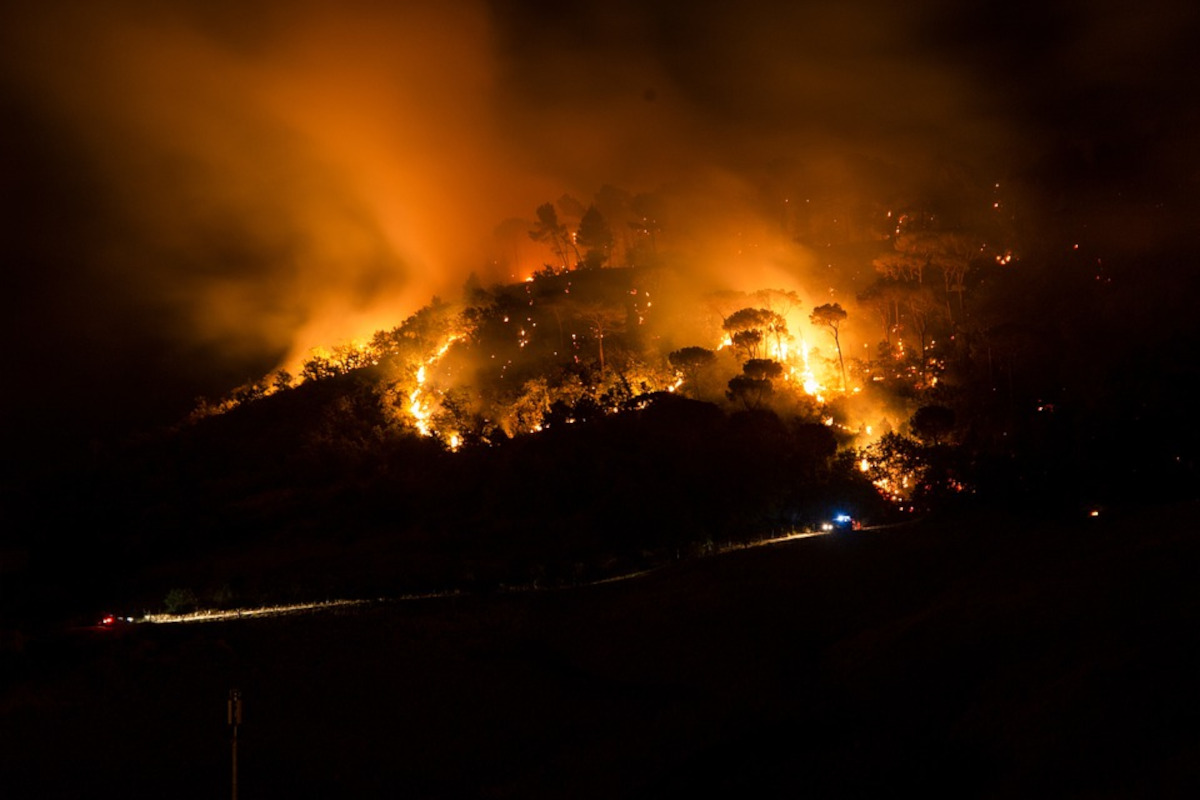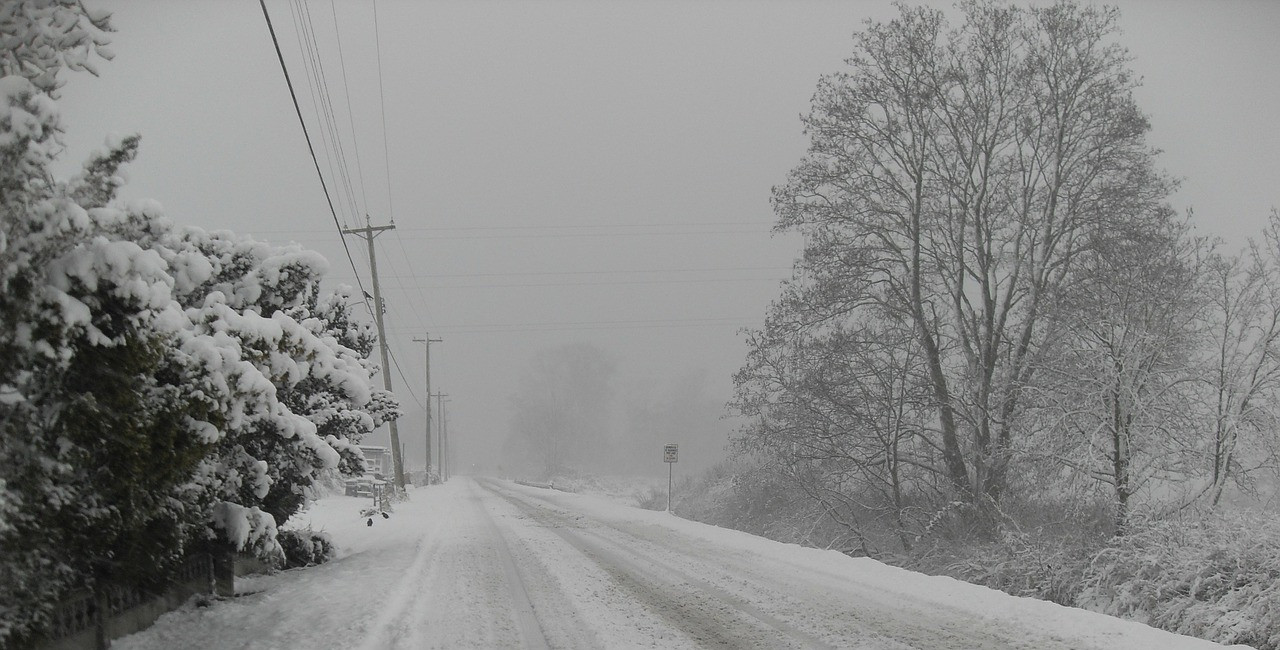Sea to Shining Sea: 3 Regional Climates That Benefit the Most from Standby Power

Since 2010, outages and blackouts blamed on transmission problems have increased by over 10 percent, according to a report by the American Society of Civil Engineers. Throughout the country, the aging transmission and distribution electric grids suffer from inadequate budgets for maintenance and improvement. By 2039, the United States faces a 338-billion-dollar shortfall in electrical infrastructure. Almost 30 percent of the shortfall affects transmission system infrastructure improvements. Distribution improvements require 10 percent of the total. Additional generation requires at least 200 billion dollars.
Transmission equipment carries electricity long distances across the country. Distribution equipment delivers electricity throughout cities, suburbs, and rural areas to utility customers.
Today, people and families rely on electrical power more than ever. Losing power for more than an hour or two can jeopardize safety, cause damage to homes, and affect local businesses. By far, the greatest threat to reliable power delivery is the weather. From hurricanes to derechos, ice storms to blizzards, the next power outage disaster is waiting to happen.
FEMA Recommends a Backup Power Source
Gulf Coast

From the tip of the Florida Peninsula to the Rio Grande River on the Mexican border, the entire Gulf Coast watches the horizon for the next hurricane or tropical storm. Hurricanes and tropical storms cause widespread power outages that can last weeks for some customers. Hurricane Ida took down all eight transmission circuits serving southeast Louisiana and New Orleans.
Hurricanes don’t just break a few lines, they blow down utility poles and towers. Restoration crews often rebuild distribution networks from the ground up by replacing poles and towers, pulling new cables, and installing new transformers. Meanwhile, utility customers use their generators or do without electricity.
Throughout the Gulf Coast region, heat and humidity often follow hurricanes. With heat and humidity following a hurricane or tropical storm, air conditioning becomes an essential. With electricity, food stays cold in the refrigerator. Air conditioning keeps the home comfortable.
East Coast

The East Coast includes the Florida Peninsula to Maine and everything between. Hurricanes and tropical storms are common from Florida to Virginia, and then up to New York and Long Island. Nor’easters commonly affect states from the Carolinas to Massachusetts. All three types of storms can strike with high winds, storm surge, and flooding.
A Nor’easter is a type of extra-tropical cyclone that gets its energy from weather systems instead of warm ocean water. They produce heavy rain or snow, cause severe coastal flooding, blizzard conditions, and produce hurricane-force winds. Like Hurricanes, they bring power outages that last days and sometimes weeks.
Following Hurricane Sandy in 2012, some utility customers were without power for five weeks. Sandy transitioned to an extra-tropical cyclone shortly before making landfall.
With intense hurricanes in the south and dangerous nor’easters in the north, a backup generator for emergency power is essential. Following Hurricane Irene in 2011, FEMA issued a news release advising utility customers to consider a generator purchase.
Best Natural Gas Generator for Whole House Power
West Coast

Rampant wildfires burn up tens of thousands of acres every year. Especially prevalent in California, they also affect other western states. In October 2019, Pacific Gas & Electric infamously Cut Power to 750,000 Utility Customers in a desperate attempt to prevent wildfires caused by its own aging and faulty equipment. The blackout was the largest deliberate outage in U.S. history.
PG&E’s distribution equipment takes the blame for a number of wildfires, including the 2017 ‘Camp Fire’, which took 85 lives and burned 14,000 homes along with 150,000 acres of land. Lawsuits following the fire forced PG&E into bankruptcy. Utility customers in California will endure at least ten years of blackouts before all the problems are fixed, if they have enough funding to fix all the problems.
Sales of Backup Generators and backup solar power systems have skyrocketed since 2019, and for good reason. Deliberate blackouts happen when it’s hot, dry, and windy. If you need your air conditioning and fresh food in the refrigerator, a backup generator is the best insurance.
Best Home Backup Generators for Hot Climates
North

Across the north from Montana through Michigan, Kansas to Ohio, the northern states endure harsh weather all year long. Summer storms give way to winter blizzards and ice storms. The Polar Vortex comes down and freezes everything with temperatures that hit thirty below and colder.
In 2020, Tropical Storm Cristobal traveled from Louisiana through Missouri and into Illinois and Wisconsin, bringing rain and flooding with high winds. A Derecho flattened crops and destroyed power lines in Iowa with hurricane-force winds. Outages from similar storms in Illinois and Michigan affected tens of thousands and took weeks to repair the damage.
Heat with humidity is common close to the Great Lakes. Losing power for a week or more is dangerous to the elderly and to those with other underlying health conditions. In winter, an outage lasting more than a day can leave homes too cold to live in. Pipes may freeze and burst, causing catastrophic flooding in the home. In the North, a backup power generator is essential all year long.
Best Home Generators for Cold Climates
South

In February 2021, Winter Storm Uri brought the Texas Blackout Disaster to Texas. Subfreezing temperatures drove record electricity use as Texans turned up the thermostats. Electric heat is common throughout the state. The state instituted rolling blackouts that were supposed to last a few hours but turned into days. Though Texas has made considerable upgrades to their grid infrastructure in recent years, much of the investment went to wind power generation.
Every year, winter storms bring ice and snow across the southern tier of states from New Mexico to the East Coast. Tropical cyclones from the Gulf of Mexico cross the Gulf states into the South and bring heavy rain and flooding. Strong winds topple trees and utility poles.
Whether the outage comes in the summer heat or winter cold, a backup generator can make the difference between staying at home or finding shelter somewhere else.
Harsh Weather: Staying Safe During a Power Outage
Backup Generator Options

The number of power outages and blackouts affecting utility customers grows every year. Whether it’s a blackout to prevent a fire or major utility lines taken down by a hurricane, the power outage means refrigerators won’t keep food cold, sump pumps don’t keep the basement dry. Pipes freeze in the winter. Homeowners seek cooling shelters in the summer.
Two generator options fit the needs of most homeowners.
A standby generator is fully automatic, always connected, and it will start and run during a hurricane. The right size will power an entire home. By design, standby generators run in any weather.
A portable generator is not automatic. During an outage, the homeowner connects the generator, fills it with fuel, and starts it. Portables need protection from inclement weather like rain or snow.
The primary advantage of a portable generator is cost. Even if you install a manual transfer switch to power essential circuits, the initial expense to the homeowner won’t compare to the cost of a standby generator. Some homeowners use portable generators for camping, work, RVs or tailgate parties. Those same generators turn into backup units when the power goes out.
Buyer Guide: Best Portable Generator for Home Use
Standby generators are more expensive than portable generators. Installation cost depends on utility locations and the equipment that is already installed. Expect to pay an additional 50 percent to 100 percent of the generator cost for installation. Most homeowners lack the required skills for a DIY Standby Generator Installation. You can do it, but making mistakes can void your warranty.
Best Automatic Home Backup Generator Brands
Refueling and maintenance are the next two considerations. Many portables require an oil change at 50 or 100 hours—just two to four days. Standby generators average 100 to 200 hours between required scheduled maintenance.
For a standby generator, the natural gas supply is virtually limitless. A large, onsite propane tank offers one to two weeks of run time before refilling the tank.
Most gasoline portable generators require refueling at least once or twice per day. If you’re in the middle of a disaster, finding fuel may be impossible and you will rely on whatever you have stored. Dual Fuel Portable Generators run on gasoline and propane. A Tri-fuel Generator adds natural gas to the fuel options. Multiple fuel options can help you go long periods without restocking your fuel supply.
Between Billion Dollar Budget Shortfalls and the Increase in Violent Weather, there are few homes in the United States that won’t benefit from a Backup Power Generator or System.
